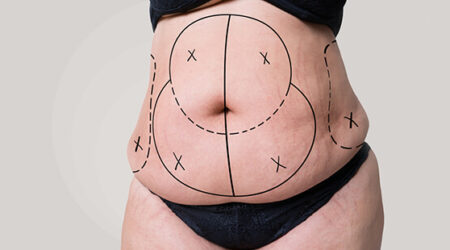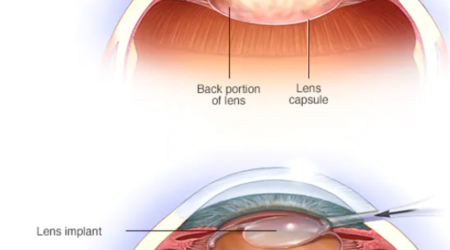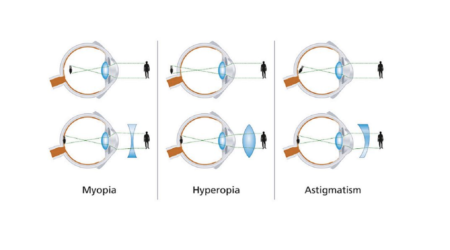What is the Difference Between a Male Facelift and a Female Facelift?
Facelift surgery has become a popular cosmetic procedure for both men and women seeking to reverse the signs of aging and enhance overall appearance. While the primary goal of facelifts for both genders remains the same: achieving a more youthful and rejuvenated look, the approach can be different for men than women.
Let’s see how male facelifts are different from female facelifts.
Key Differences Between a Female Facelift and a Male Facelift
Here are some of the key differences between a female facelift and a male facelift:
- Hairline and Facial Hair
Hairline and facial hair growth for both males and females play a significant role while making incisions.
In a male facelift, board-certified plastic surgeons consider various factors related to hair, such as hair length, baldness, sideburns, beards, and mustaches, to make strategic incisions and execute the surgery. A comprehensive understanding of how the beard position may change post-facelift, necessitating adjustments in shaving techniques, is also considered.
On the contrary, females typically have less facial hair, opting for longer hairstyles, helping plastic surgeons to leverage these distinctive features. The abundance of hair on a woman’s head provides a valuable canvas for surgeons to create discreet and well-hidden incisions, contributing to a more aesthetically pleasing and natural outcome. It also helps to conceal the visibility of the scares.
Anatomy Differences
Males and females have different facial anatomies, impacting the approach of facelift surgery.
Males typically possess a strong bone structure and thicker skin, muscle, and connective tissues. Due to the unique architecture of the male face, most male facelift procedures focus primarily on the lower part of the face. A skilled plastic surgeon considers these factors when employing techniques to achieve a natural appearance.
Conversely, female facelifts are often regarded as relatively easier due to the delicacy of the female bone structure, characterized by thinner skin, muscle, and connective tissues. This inherent difference makes surgical manipulation more manageable. Plastic surgeons specializing in female facelifts can use these anatomical details to produce aesthetically acceptable outcomes that emphasize the natural characteristics of the face. These distinctive features also impact facelift surgery costs.
Aesthetic Considerations
Although both men and women want facelifts for age-related factors, their cosmetic goals usually differ. The divergent aesthetic goals for each gender underscore the importance of tailoring facelift procedures to meet male and female patients’ unique expectations and desired outcomes.
A male facelift aims to enhance “masculine” features within the face. This includes sculpting a distinct and pointed chin, establishing a powerful jawline, and addressing difficulties like neck jowl reduction.
On the other hand, a female facelift typically concentrates on enhancing “feminine” features. This includes creating a softer and more refined appearance while targeting the elimination of wrinkles and other signs of aging.
Facelift Approaches
Mini-facelift surgery may not be optimal for some men due to anatomical differences. Men’s facial tissues tend to be denser and heavier, requiring a more extensive lift for comparable results. This often necessitates techniques like deep plane or extended SMAS lifts, which offer deeper tissue support and achieve a natural-looking outcome without excessive skin stretching.
A wide range of facelift options are available for women, including full facelift, mini facelift, mid facelift and brow lift.












Leave a Reply